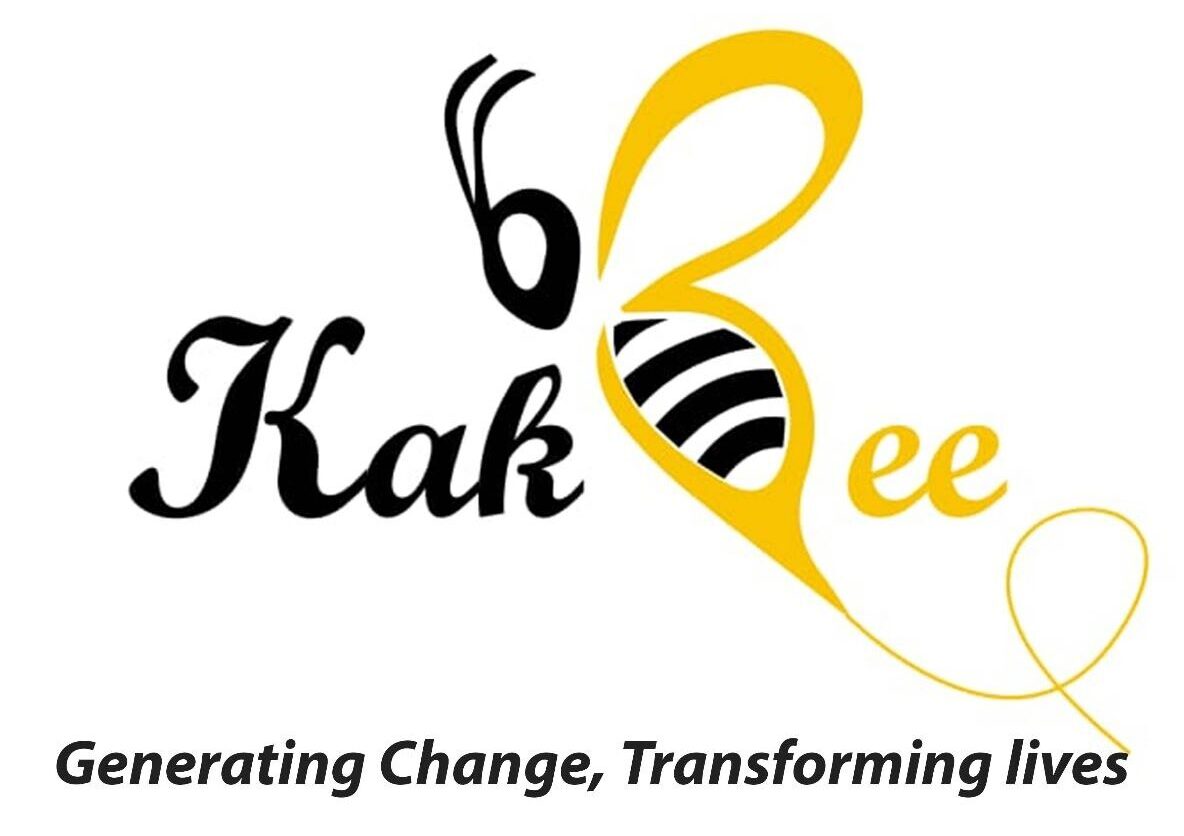The Regenerative Agriculture Program is an advanced initiative designed to promote environmental sustainability, enhance food security, and support community development in Arid and Semi-Arid Lands (ASAL) regions and displacement settings like Turkana. These regions face severe challenges such as drought, soil degradation, and food insecurity, making regenerative agriculture a crucial solution for building resilience and sustainability.
Impact of Regenerative Agriculture on ASAL Regions
In ASAL regions, where traditional farming struggles due to harsh environmental conditions, regenerative agriculture offers transformative benefits:
– Restoration of Degraded Lands: Regenerative practices, such as cover cropping and reduced tillage, help rehabilitate degraded soils, making previously unproductive lands suitable for agriculture. This process improves soil fertility and increases land productivity.
– Enhanced Resilience to Drought: Techniques like improved water management, organic fertilization, and agroforestry enhance soil moisture retention and reduce runoff, making crops and livestock more resilient to drought and other climate-related stresses.
– Improved Food Security: By increasing soil health and crop yields, regenerative agriculture ensures a more stable and diverse food supply, addressing the challenges of malnutrition and hunger in regions like Turkana.
– Economic Diversification: The program supports various income-generating activities, including sustainable crop and livestock production, value-added products, and agroforestry, reducing economic dependency on single sources of income and enhancing economic stability.
Impact of Regenerative Agriculture on the Bee Population and Environment
Regenerative agriculture not only benefits soil health and food security but also has significant positive effects on the environment and bee populations:
– Support for Bee Populations: Regenerative practices such as diverse crop planting and agroforestry create a variety of habitats and forage sources for bees. These practices promote the growth of flowering plants, which are essential for bee nutrition and health, supporting thriving bee populations.
– Biodiversity Enhancement: By integrating diverse crops, preserving natural habitats, and promoting ecological balance, regenerative agriculture supports a rich variety of plant and animal life. This biodiversity is crucial for maintaining ecosystem stability and resilience.
– Pollinator Health: Healthier soils and diversified plant life contribute to better-quality forage for pollinators, including bees. Increased plant diversity leads to more consistent and abundant flowering, providing essential nectar and pollen resources for bees and other pollinators.
– Climate Change Mitigation: Regenerative agriculture practices sequester carbon dioxide in the soil, helping to mitigate climate change. Healthy soils and increased vegetation cover contribute to reduced greenhouse gas levels and improved climate resilience.
Overall Environmental Impact
The environmental benefits of regenerative agriculture extend beyond soil health and bee populations:
– Water Conservation: Techniques such as contour farming and water catchment systems enhance water infiltration and reduce runoff, conserving water resources and preventing soil erosion and flooding.
– Ecosystem Restoration: Regenerative agriculture supports the restoration of natural ecosystems by enhancing soil fertility, increasing vegetation cover, and improving habitat quality. This restoration contributes to overall environmental health and resilience.
Regenerative Agriculture as a Catalyst for Change
In the context of ASAL regions and displacement settings, regenerative agriculture represents a game-changing approach to overcoming the challenges of drought, soil degradation, and food insecurity. It promotes sustainability, economic empowerment, and environmental health, making it a powerful tool for fostering resilience and self-reliance in vulnerable communities.
